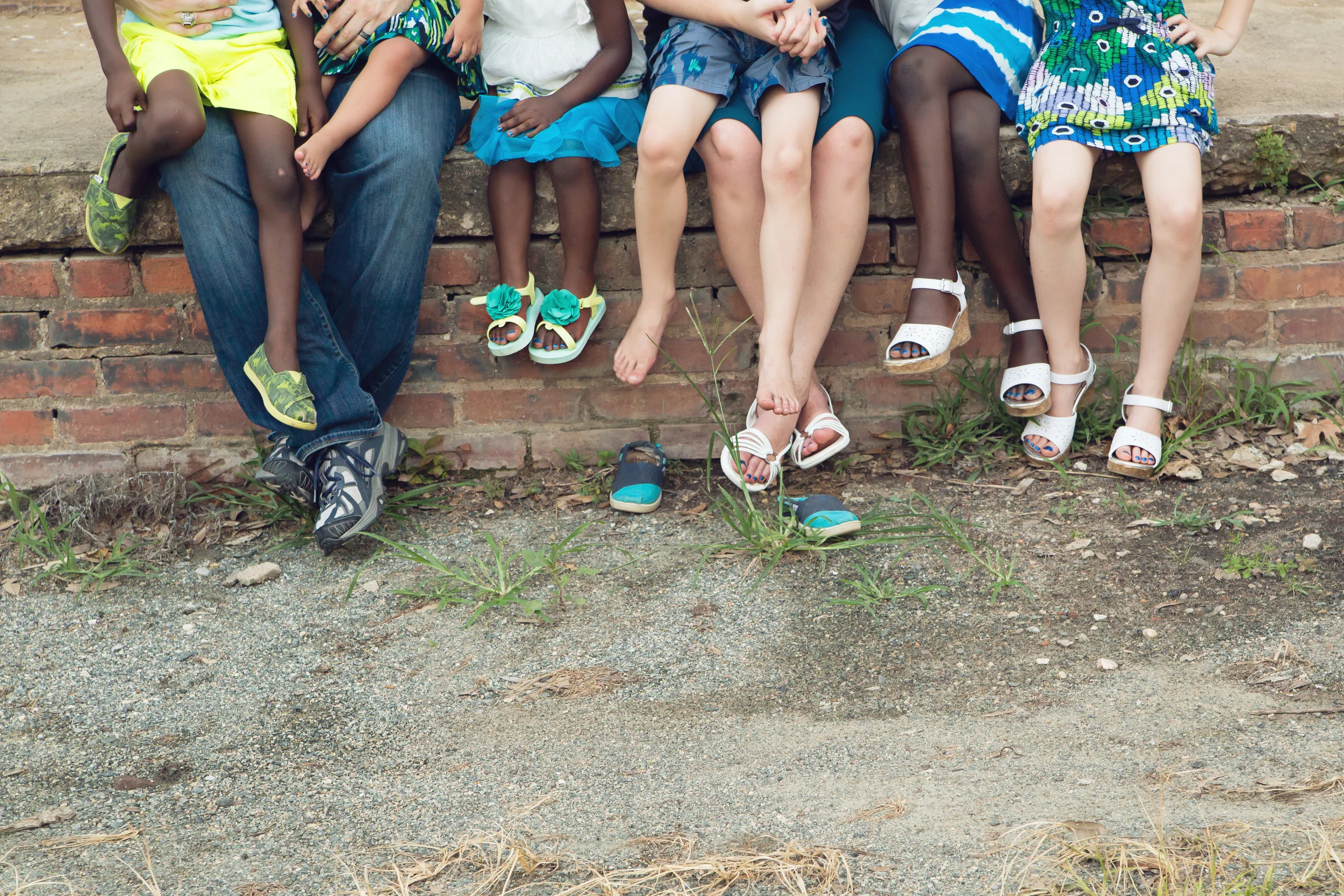HIV FAQ: How does your child's life compare to other kids? #medicalcare #ARVs #dailylife
/
I bet y'all thought I had forgotten about this series of posts, huh? Nope. Now back to it...
What is the life expectancy for a child with HIV?
How often does your child go to the doctor? How many medications is your child on? Will they be on the same medications/amounts for the rest of their lives or will the types of medicines and dosages change as they grow and change?
Are you going broke on the cost of meds?
What is the extent of medical care that is involved in adopting a child with HIV?
What does daily life look like?
Our lives are pretty normal. As much as this series might make it seem, HIV really isn't a big part of who we are as a family.
Yes, our child takes an ARV (anti retro-viral) regimen of three drugs, two twice a day and one once a day. I know other kids who only have meds once a day, and that might be the eventual reality for us, but it's every 12 hours for us: 7:30am and 7:30pm. In case we're out late, we keep one evening dose in a bottle in the van. For the medication to work well and for our child not to develop a resistance to one of the drugs, we have to stick to the clock well. The importance of that was driven home by a recent study that kids with HIV are more likely to develop drug resistances than adults with HIV; that resistance is then life-long and limits the treatment options into adulthood.
Side note: let's all thank God for my husband, who is the responsible member of our marriage and the designated family medication manager.
Some of the specific medications and doses will change with age and with weight, and we're hopeful that advancements in modern medicine might offer even better options in the future. For now, we see our pediatric infectious disease team at Duke every 4 months, but eventually it will be every 6 months.
Truly, they are a delightful bunch, and we love seeing them each time.
As for the cost, let's first take a step back to talk about insurance coverage for adopted children. When you adopt a child, it is like giving birth, as far as traditional insurance companies in the USA are concerned. In other words, pre-existing conditions don't exist.
(Side note: The one major exception to this is MediShare, which presents itself as a Christian alternative to medical insurance in which members share medical costs. MediShare, by vote of their membership, does NOT cover pre-existing conditions for children who are adopted, while all secular insurance plans do. I could write a whole 'nother post about my feelings on that, but maybe another time...)
In other words, the cost has to do with what the cost of any other prescription meds would be under your family's insurance plan. Assistance programs are available through each state and through major pharmaceutical companies, but we are a-okay with just our insurance. For us, we have a high deductible plan in which prescription medications and most other medical costs are covered 100% after the deductible is met, and given my medical costs alone for rheumatoid arthritis drugs, our family meets that deductible every year. So while our monthly premiums increased a bit with the addition of three more dependents when we adopted our Ugandan darlings, our medical costs remained unchanged otherwise.
And life expectancy? HIV+ individuals being treated with ARVs live nearly as long as people who don't have HIV, with a life expectancy of 70+. Something will eventually end our child's life, but it won't be HIV or AIDS.
In short, staying on meds makes for a pretty normal life, despite HIV.

